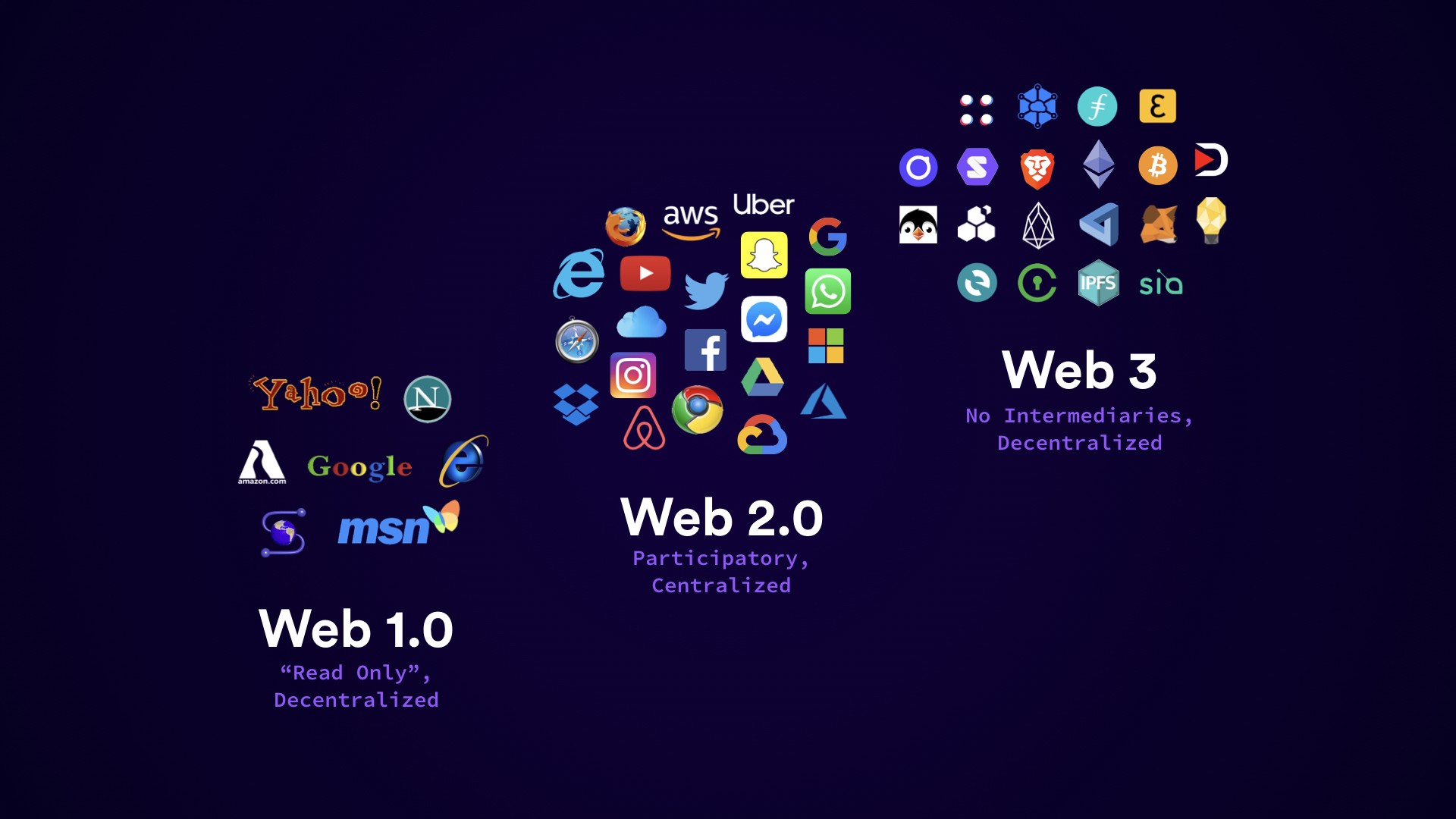Good evening, friends! Tonight I want to talk about
The characteristic features of Web 1.0, Web 2.0 and Web 3.0.
The potential of Second Life services in language teaching and learning.
Web 1.0, Web 2.0, Web 3.0
Characteristics:
- slow connection speeds;
- based on HTML. It is the simple markup language that didn't really allow very much flexibility and design and feel interaction with websites;
- limited interactivity;
- an expensive software bought in a CD and installs on your computer and have had to upgrade regularly;
- the Dot Com bubble burst, enough ativ of companies to make to do business through the internet and get people to buy things services and products through the Internet.
Wed 2.0 refers to worldwide websites which highlight user-generated content, usability, and interoperability for end users. Web 2.0 is also called the participative social web. It does not refer to a modification to any technical specification, but to modify the way Web pages are designed and used.The user produces the content such as:
- Podcasting
- Blogging
- Tagging
- Curating with RSS
- Social bookmarking
- Social networking
- Social media
- Web content voting
Characteristics:
- fast connections, rapid data transfer and broadband;
- dynamic content that is responsive to user input;
- information flows between the site owner and site users using evaluation & online commenting;
- Web access leads to concerns different, from the traditional Internet user base to a wider variety of users;
- more complex programming languages that are more dynamic and then make more interaction possible;
- sophisticated web browsers that are able to read the languages and run small applications or software within the browser;
- companies that are supplying platforms not the contents. Users are supplying content, the company provides a platform on which users can add their own content. For example, instead BBC there appeared Dig;
- users working together to create content, for example Wikipedia;
- free web-based apps instead of expensive software for word processing;
- reach media content like YouTube;
- social complex interactions, social networks like Facebook.
Web 3.0 - is a personalizable place with intelligence surge and behavioral advertisements where content is generated by machines rather than by humans, where virtual items or information become more valuable than physical items.
The representatives of a Web 3.0 are smartphones, innovative technologies (Google glass), project augmented reality and advanced mobile technologies. Smartphones are one of the biggest factors in this revolution.
Characteristics:
semantic Web Artificial Intelligence - 3D Graphics
- hyperconnectivity, i. e. everything is starting to be interconnected through the Internet;
- ubiquity
- DLT and Smart Contracts
- 4G speeds;
- technologies like Cloud;
- business benefit.


Комментарии
Отправить комментарий